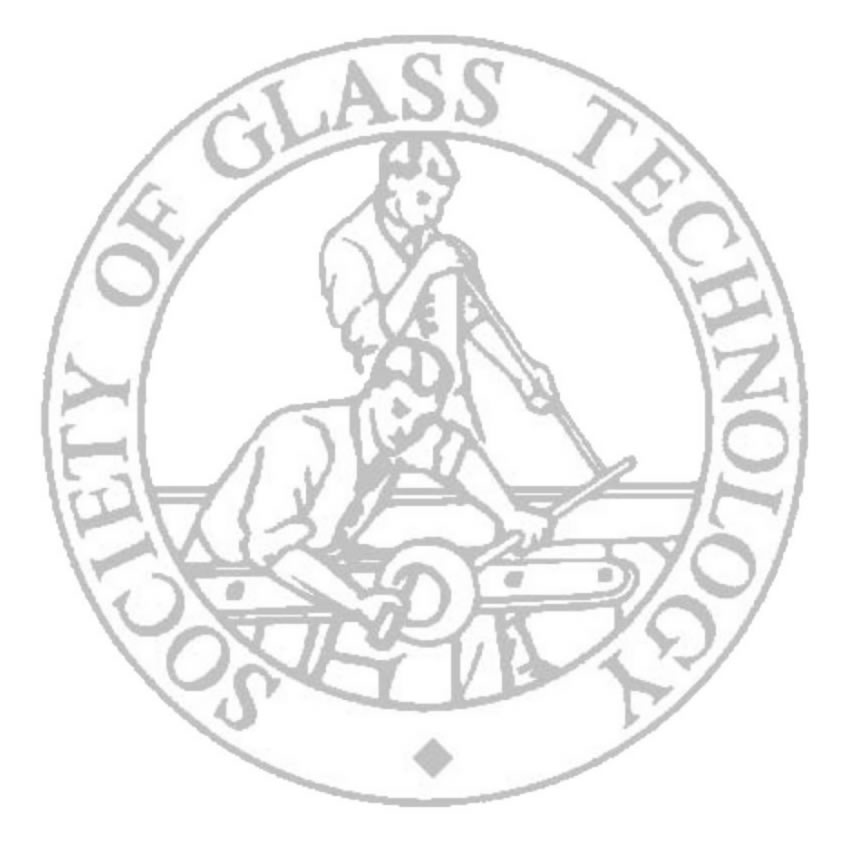
Cambridge 2008
|
NEUTRON DIFFRACTION TECHNIQUES FOR STUDYING THE ENVIRONMENT OF TRANSITION METAL AND RARE EARTH ELEMENTS IN GLASSES
Adrian C. WRIGHT
An account is presented of the application of various neutron diffraction techniques, viz. isotopic substitution, anomalous dispersion and magnetic diffraction, to studies of glasses containing transition metal and rare earth elements, using examples from a wide range of vitreous systems studied by the Reading group and co-workers. In most cases, the glasses contain three or more elements and the objective is to investigate the environment and spatial distribution of the transition metal or rare earth ions. The local environment can be studied via the A-A + A-X first-order difference correlation function, where A represents the element of interest and X any other element present. This may be obtained using either the isotopic substitution or anomalous dispersion techniques, both of which can yield a good quality difference, from which details of the first co-ordination shell can be extracted by peak fitting. The investigation of the spatial distribution of the A atoms/ions in glasses containing three or more elements is more difficult and involves small differences. For isotopic substitution, a second order difference is required while the anomalous dispersion method requires a variation of the imaginary part of bA, keeping the real part constant. If the A atoms/ions have a magnetic moment, information concerning the A-A distances within the sample can also be identified from the magnetic correlation function, DM(r), although the calculation of co-ordination numbers relies on an accurate value for the magnetic moment, μA. If the magnetic spins align spontaneously at low temperature, DM(r) may be extracted from the difference between the diffraction patterns in the aligned and paramagnetic states. Otherwise, alignment may be induced at low temperatures with a high magnetic field perpendicular to the scattering vector, Q, and measurements performed with and without the magnetic field. Finally, the relative merits of the three methods are discussed, together with some specialised examples, such as the isotopic substitution null and double-null techniques.
Back to Glass Science Programme
| SGT Home page |